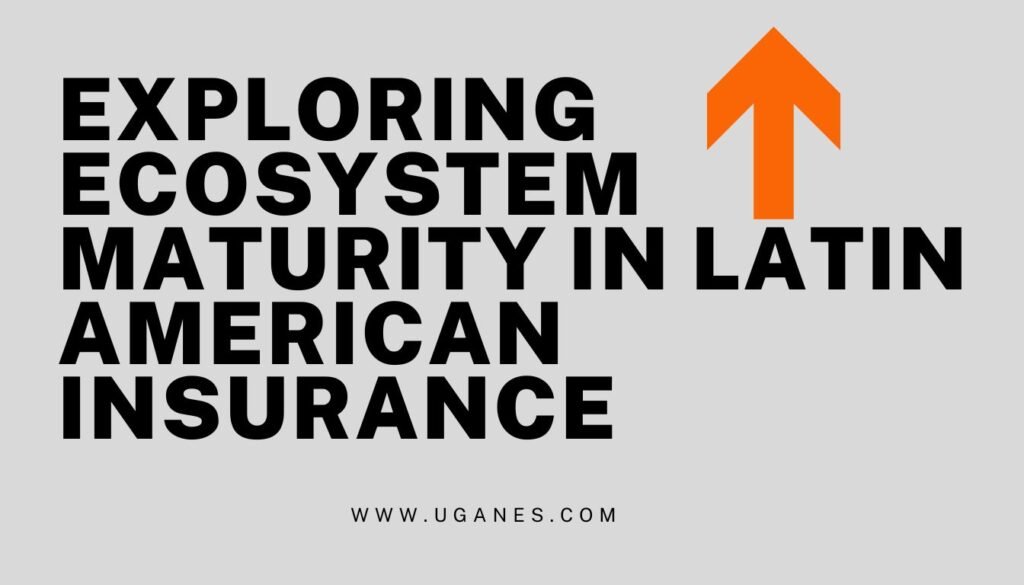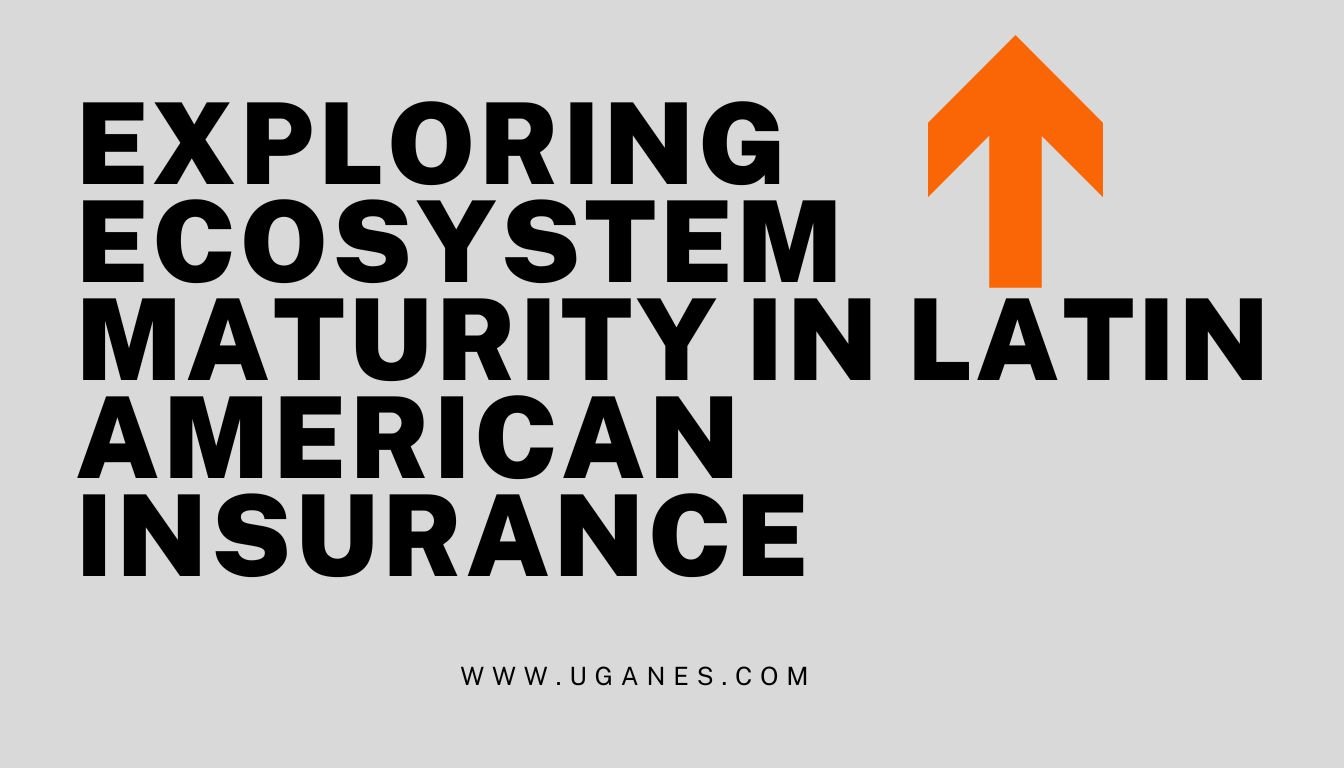The insurance industry in Latin America is experiencing a period of significant transformation and growth. As the region’s economies develop and technology advances, the insurance ecosystem is evolving rapidly. Understanding the maturity of this ecosystem is crucial for stakeholders seeking to navigate its complexities and capitalize on emerging opportunities. This article delves into the current state of the insurance ecosystem in Latin America, highlighting key trends, challenges, and opportunities that define its maturity.
Overview of the Latin American Insurance Market
Latin America, encompassing diverse economies and cultures, presents a unique landscape for the insurance industry. Historically, the region has faced challenges such as low insurance penetration, fragmented markets, and regulatory hurdles. However, recent trends indicate a shift towards greater market maturity, driven by technological advancements, regulatory changes, and evolving consumer expectations.
Insurance Penetration and Market Size: Insurance penetration in Latin America has traditionally been low compared to other regions. According to the Latin American Insurance Federation (FIDES), insurance penetration in Latin America was around 3% of GDP in 2022, significantly lower than in North America or Europe. However, the market is expanding, with increased interest from both local and international insurers.
Economic and Demographic Drivers: Economic growth, increasing middle-class populations, and urbanization are key drivers of insurance demand in the region. As Latin American economies stabilize and grow, there is a rising need for financial protection and risk management solutions, creating new opportunities for insurers.
Technological Advancements and Digital Transformation
One of the most remarkable factors influencing the maturity of the protection ecosystem in Latin America is the rapid pace of technological evolution. The adoption of digital technologies is transforming how insurance products are delivered, managed, and consumed.
Insurtech Innovations: indemnification technology startups are playing a critical role in reshaping the insurance countryside in Latin America. These startups leverage technologies such as artificial intelligence (AI), big data analytics, and blockchain to offer innovative solutions. For instance, AI-driven platforms are enhancing underwriting processes and claims management, while blockchain technology is improving transparency and reducing fraud.
Digital Platforms and Mobile Solutions: Digital platforms and mobile applications are becoming increasingly prevalent. Insurers are investing in mobile solutions to offer customers greater convenience and accessibility. Mobile apps enable policyholders to manage their insurance policies, file claims, and receive real-time updates, there by improving customer engagement and satisfaction.
Data Analytics and Personalization: The use of big data and advanced analytics is allowing insurers to offer more personalized products and services. By examine data from various sources, including social media and IoT devices, insurance firm can better understand shopper needs and tailor their offerings. This data-driven approach enhances risk assessment and pricing accuracy, leading to more effective and customized insurance solutions.

Regulatory Developments and Market Structure
The regulatory environment in Latin America is evolving to support the growth of the insurance sector while ensuring consumer protection and market stability. Regulatory changes are playing a critical role in shaping the maturity of the insurance ecosystem.
Regulatory Reforms: Many Latin American countries are implementing regulatory reforms to enhance market transparency, improve solvency standards, and promote competition. For example, the introduction of Solvency II regulations in countries like Brazil and Mexico is aimed at strengthening insurance company resilience and risk management practices.
Consumer Protection and Transparency: Regulatory bodies are increasingly focusing on consumer protection and transparency. Regulations aimed at protecting policyholders, ensuring fair practices, and improving disclosure are being introduced across the region. These measures are designed to build trust and belief in the insurance industry.
Cross-Border and Regional Cooperation: There is also a growing trend towards regional cooperation in regulatory frameworks. Initiatives such as the Latin American Insurance Federation (FIDES) and the Caribbean Association of Insurance Regulators (CAIR) are fostering greater harmonization of regulatory standards and practices across countries. This regional cooperation helps to create a more cohesive and stable insurance market.
Challenges Facing the Latin American Insurance Ecosystem
Despite the positive developments, the insurance ecosystem in Latin America faces several challenges that impact its maturity and growth potential.
Low Insurance Penetration: One of the primary challenges is the low level of insurance penetration. Many individuals and businesses in Latin America still lack adequate insurance coverage, primarily due to affordability issues, lack of awareness, and distrust in insurance providers. Addressing these barriers is crucial for expanding the market.
Fragmented Market Structure: The insurance market in Latin America is highly fragmented, with varying regulations, market practices, and levels of development across countries. This fragmentation can create challenges for insurers seeking to operate across multiple markets and achieve economies of scale.
Economic Volatility and Political Instability: Economic volatility and political instability can impact the insurance sector’s stability and growth prospects. Fluctuations in currency, inflation rates, and political uncertainty can affect market dynamics and consumer confidence.
Digital Divide and Infrastructure: While digital transformation is advancing, there remains a digital divide in some regions. Limited access to technology and internet connectivity can hinder the adoption of digital insurance solutions, particularly in rural and underserved areas.
Opportunities for Growth and Development
Despite the challenges, the Latin American insurance ecosystem presents numerous opportunities for growth and development.
Financial Inclusion and Microinsurance: Expanding financial inclusion through microinsurance is a significant opportunity. Microinsurance products designed for low-income individuals and small businesses can address gaps in coverage and improve access to insurance services. These products can be distributed through innovative channels, such as mobile networks and community-based organizations.
Emerging Market Segments: There are emerging market segments with strong growth potential, such as health insurance, life insurance, and insurtech solutions. The increasing focus on health and wellness, coupled with rising awareness of life insurance, creates opportunities for insurers to develop targeted products and services.
Partnerships and Collaborations: Collaborations between traditional insurers and insurtech startups can drive innovation and enhance market offerings. Partnerships can provide access to new technologies, customer segments, and distribution channels. Additionally, collaborations with technology companies and financial institutions can facilitate the development of integrated insurance solutions.
Sustainable and Green Insurance: As global awareness of environmental issues grows, there is an opportunity for insurers to develop sustainable and green insurance products. These products can address environmental risks and promote sustainability, aligning with global trends and consumer preferences.
Education and Awareness: Investing in education and awareness campaigns can help address the lack of trust and understanding of insurance products. Educating consumers about the benefits of insurance and the role it plays in financial protection can drive greater adoption and engagement.
In The End
The insurance ecosystem in Latin America is in a state of dynamic evolution, marked by significant advancements and emerging opportunities. While the sector faces challenges such
as low penetration, market fragmentation, and economic volatility, the ongoing digital transformation, regulatory developments, and growth in consumer demand offer promising prospects for the future.
To navigate this evolving landscape, insurers must embrace technological innovations, adapt to regulatory changes, and address the diverse needs of the region’s populations. By leveraging emerging opportunities and addressing existing challenges, the Latin American insurance industry can achieve greater maturity and create a more robust and inclusive insurance ecosystem.
As the region continues to grow and develop, stakeholders who are proactive in their approach and responsive to market dynamics will be best positioned to capitalize on the opportunities and drive the future of insurance in Latin America.





